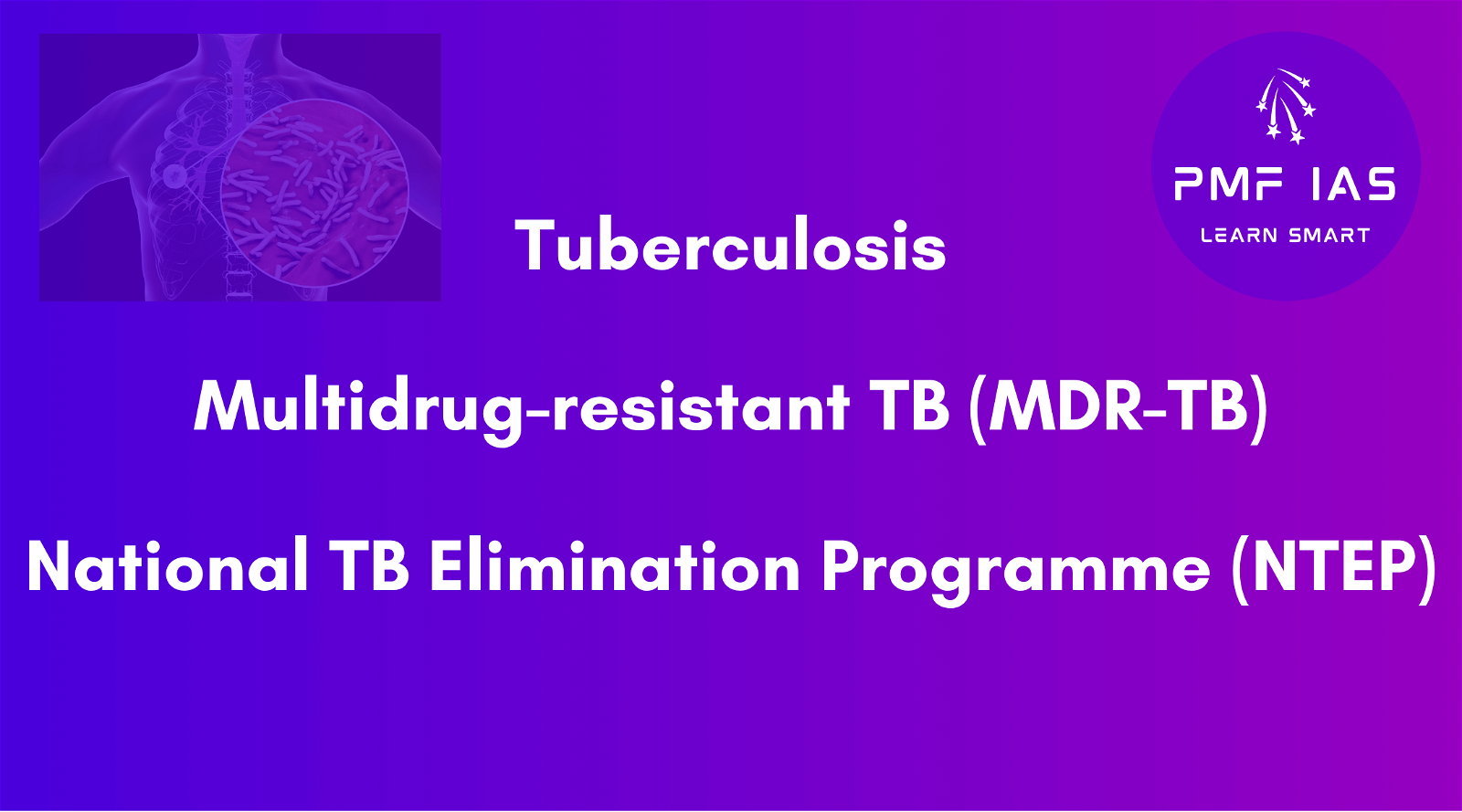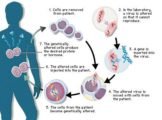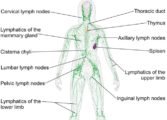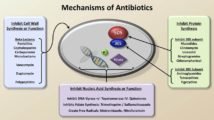
Trans Fat, Saturated & Unsaturated Fats, Healthy & Unhealthy Fats
Subscribe to Never Miss an Important Update! Assured Discounts on New Products!
Must Join PMF IAS Telegram Channel & PMF IAS History Telegram Channel
Fats
- Fat is one of the three main macronutrients: fat, carbohydrate, & protein.
- Fat is a major source of energy & helps your body absorb vitamins.
- Fat has the most calories compared to any other nutrient.
- Controlling fat intake is important for maintaining weight & preventing or delaying type 2 diabetes.
- Fats, also known as triglycerides, are esters of three fatty acid chains & the alcohol glycerol.
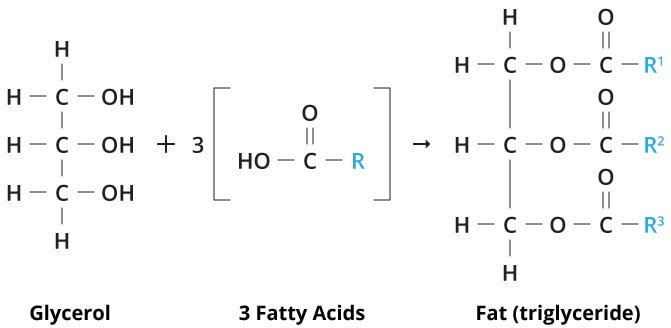
- Fats are solids at room temperature.
- Oil refers to a fat with unsaturated fatty acid chains that is liquid at room temperature.
- Fats, like other lipids, are generally insoluble in water.
Lipid
- A lipid is chemically defined as a substance that is insoluble in water and soluble in alcohol and chloroform.
- Lipids are an important component of living cells. Together with carbohydrates and proteins, lipids are the main constituents of plant and animal cells.
- Cholesterol and triglycerides are lipids. Lipid is not necessarily a triglyceride.
- Glycerol is a simple sugar alcohol compound. A triglyceride is an ester derived from glycerol and three fatty acids (tri + glyceride)
- Triglycerides are the main constituent of body fat in humans and animals, as well as vegetable fat.
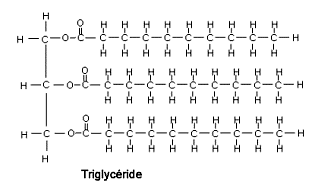
Adipose tissue
- In animals, adipose, or fatty tissue with adipose cells is the body’s means of storing fat derived from the diet and from liver metabolism.
- Under stress conditions, adipose cells degrade their stored fat to supply fatty acids and also glycerol.
- These metabolic activities are regulated by several hormones (e.g., insulin, glucagon and epinephrine).
Types of Fats
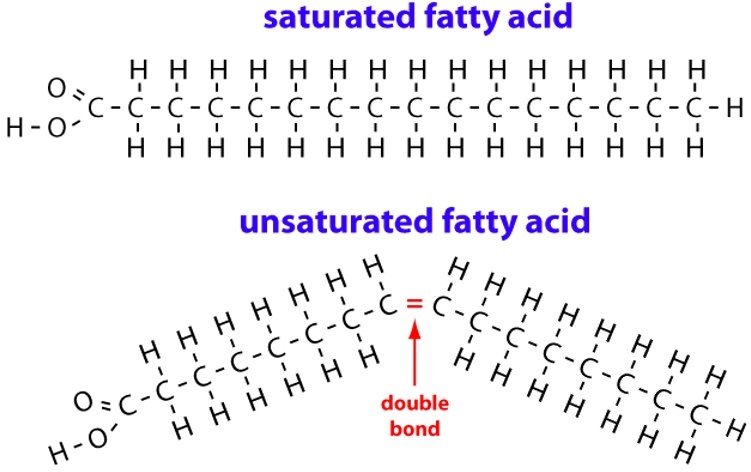
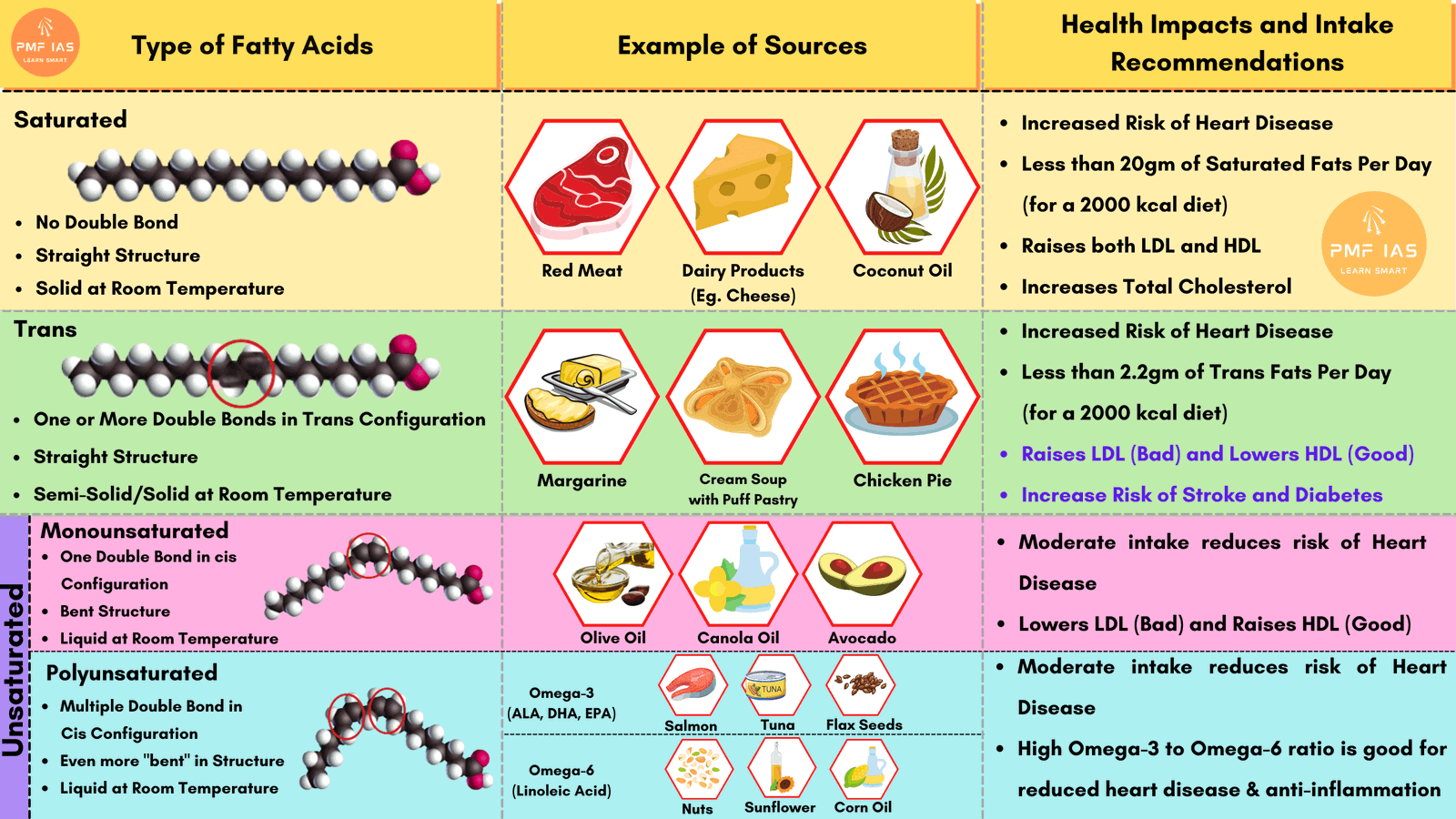
Saturated fat
- A saturated fat is a fat in which the fatty acids all have single bonds.
- A saturated fat has the maximum number of hydrogens bonded to the carbons, & therefore is ‘saturated’ with hydrogen atoms.
- Most animal fats are saturated whereas the fats of plants & fish are generally unsaturated.
- Many experts recommend a diet low in saturated fat.
- Saturated fats are popular with manufacturers of processed foods because they are less vulnerable to rancidity & are, in general, more solid at room temperature than unsaturated fats.
Unsaturated fat
- An unsaturated fat is a fatty acid in which there is at least one double bond within the fatty acid chain.
- Where double bonds are formed, hydrogen atoms are eliminated.
- In cellular metabolism, unsaturated fat molecules contain somewhat less energy (i.e., fewer calories) than an equivalent amount of saturated fat.
- The greater the degree of unsaturation in a fatty acid (i.e., the more double bonds in the fatty acid) the more vulnerable it is to rancidity (lipid oxidation or rusting of fats).
- Antioxidants can protect unsaturated fat from lipid oxidation.
Healthy Fats – Omega-3 and Omega-6, Monounsaturated and Polyunsaturated
- The main types of “healthy” fats are:
- monounsaturated (single double bond),
- polyunsaturated (more than one double bond),
- alpha-linolenic acid (an omega-3 fatty acid) and
- linoleic acid (an omega-6 fatty acid).
- Omega-3 and Omega-6 fatty acids are heart-healthy fats.
- They are found in fish, soybean products, Walnuts, etc.
- Both of these fatty acids are needed for growth and repair but can also be used to make other fatty acids.
- The omega-3 and omega-6 are fatty acids that are both polyunsaturated.
- The difference is in where the first of the double bonds occurs.
- Both omega-3 (ω-3) and omega-6 (ω-6) fatty acids are important components of cell membranes.
- There is increasing support for omega-3 fatty acids in protecting against fatal heart disease and it is known that they have anti-inflammatory effects.
- There is also growing interest in the role of omega-3 fatty acids in the prevention of diabetes and certain types of cancer.
- Monounsaturated and polyunsaturated fat are considered “heart-healthy” and can help with improving cholesterol when used in place of unhealthy fats.
- Some sources of these fats include almonds, cashews, pecans, peanuts, pine nuts, pumpkin, sesame seeds, sunflower seeds, Olive oil and olives, vegetable oils (sunflower, safflower, corn, soybean, and cottonseed).
Unhealthy Fats – Saturated Fat & Trans Fat
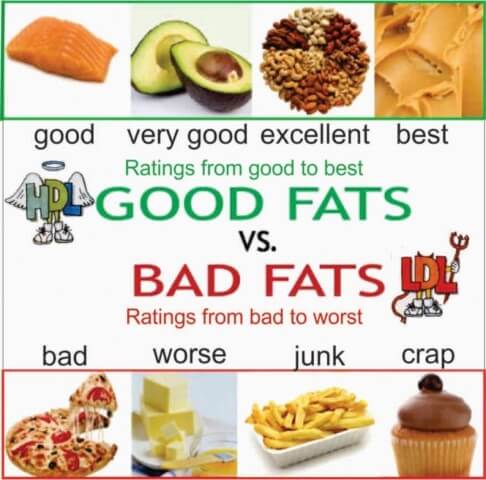
- The main types of “unhealthy” fats are saturated & trans fat.
- Saturated fats are primarily found in foods that come from animals, such as meat & dairy.
- Saturated fats are unhealthy because they increase LDL (“bad” cholesterol) levels in your body.
- Many saturated fats are “solid” fats that you can see, such as the fat in meat.
- Other sources of saturated fats include high-fat cheese, butter, Ice cream, palm & coconut oils, etc.
- Trans fats or trans-unsaturated fatty acids are a type of unsaturated fats that are uncommon in nature.
- Trans fats are worse than saturated fats.
- Trans fat is simply liquid oils turned into solid fats during food processing.
- Natural trans fats, present in very small amounts in certain animal products, are not considered harmful.
- But industrially produced artificial trans fats (manufactured by adding hydrogen to vegetable oil) have the tendency to negatively alter the lipoprotein cholesterol profile by increasing the level of bad cholesterol (LDL) while decreasing the level of HDL or good cholesterol.
- These changes in the lipoprotein cholesterol clog arteries & cause hypertension, increase the risk of type-II diabetes, heart attacks & other cardiovascular diseases.
- Foods containing trans fat are usually labelled as “partially hydrogenated”.
- Partially hydrogenated oil is less likely to spoil, so foods made with it have a longer shelf life.
- Trans fats are easy to use, inexpensive to produce & last a long time.
- Trans fats give foods a desirable taste & texture.
- These trans fats are largely found in vanaspati oil, margarine, bakery items, & in baked & fried foods.
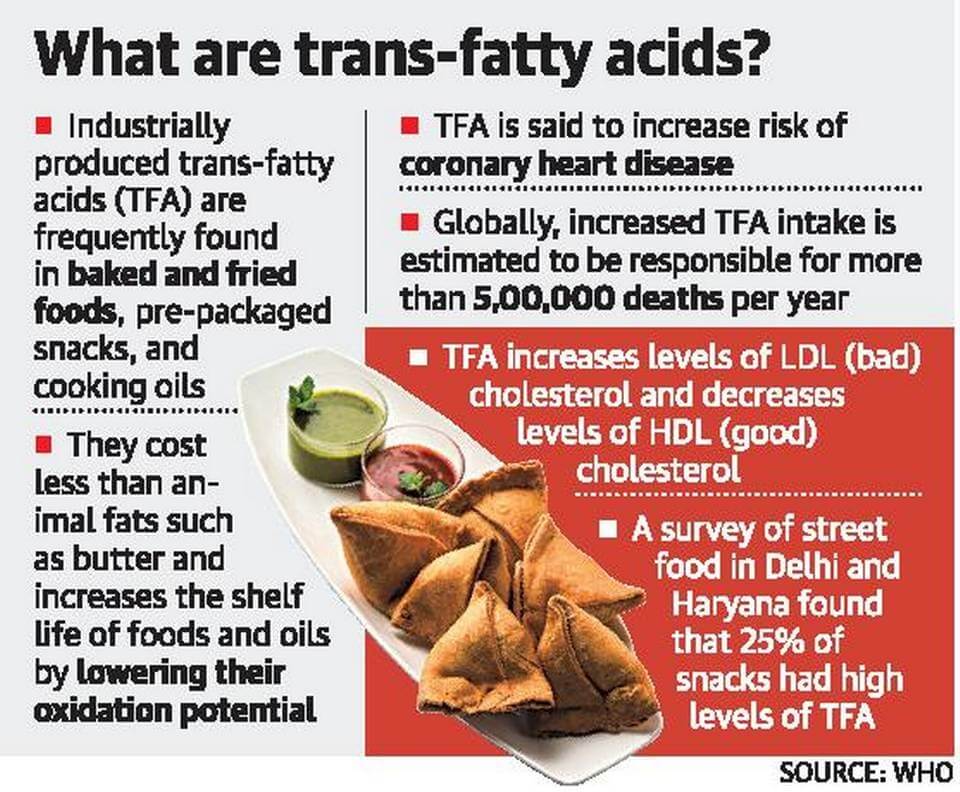
Eliminating Trans Fat from Foods
- Feb 2021: The Food Safety & Standards Authority of India (FSSAI) has put a cap on trans fatty acids (TFAs) in food products, just weeks after it tightened the norms for oils & fats.
- FSSAI had capped trans fats in oils & fats to 3% by 2021, & 2% by 2022 from the current levels of 5%.
- From 01/01/2022, India will limit trans fat to 2% by mass of the total oils/fats present in a food product.
- While FSSAI mentions edible oils & fats, it also applies to emulsions such as margarine.
- Even when the fat/oil contains less than 2% trans fat, repeated heating can increase the trans fat content.
- WHO has called for the elimination of industrially-produced trans-fatty acids from the global food supply by 2023. (India will be achieving the target a year in advance)
- Denmark became the first country to limit industrially produced trans fats in all foods to 2% of fats & oils.
- EU adopted a new regulation to limit industrially produced trans fat to 2% in foods sold within the EU.
- It is now well known that trans fat can be completely eliminated & replaced with healthier substitutes without any change in the food taste or cost.
- According to WHO, a dozen large multinational food companies have already committed to eliminating industrially-produced trans fat from all their products by 2023.
- Over 77,000 deaths annually are attributed to trans fats consumption in India.
Previous Prelims Question: Statements:
- Trans fats are considered beneficial for the human body
- Double bond chemistry of the fat molecules in Trans fats causes a Plaque formation
- Omega-3 fatty acids are considered healthier than the saturated fatty acids
Codes:
- 1 & 3
- 2 & 3
- 1 & 2
- 1, 2, 3
Ans. B
Sources: CDC.gov, Wikipedia, NCERT Science Textbooks.




![PMF IAS Environment for UPSC 2022-23 [paperback] PMF IAS [Nov 30, 2021]…](https://pmfias.b-cdn.net/wp-content/uploads/2024/04/pmfiasenvironmentforupsc2022-23paperbackpmfiasnov302021.jpg)

